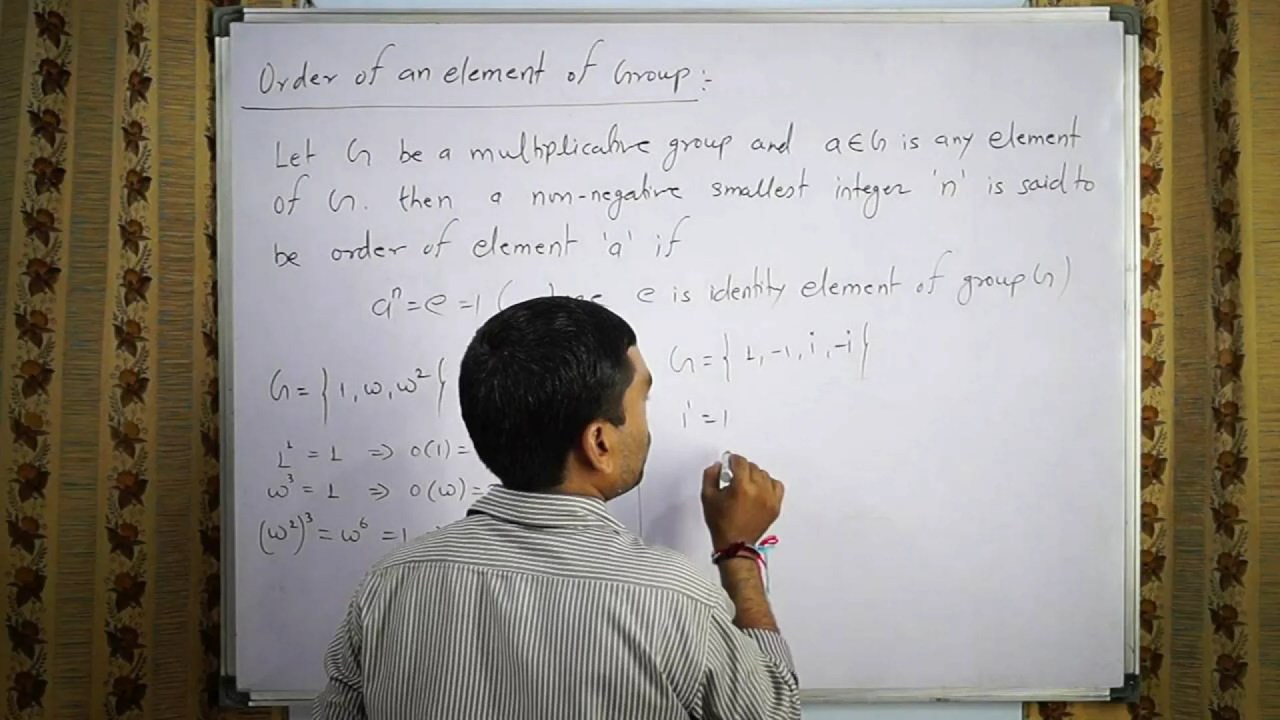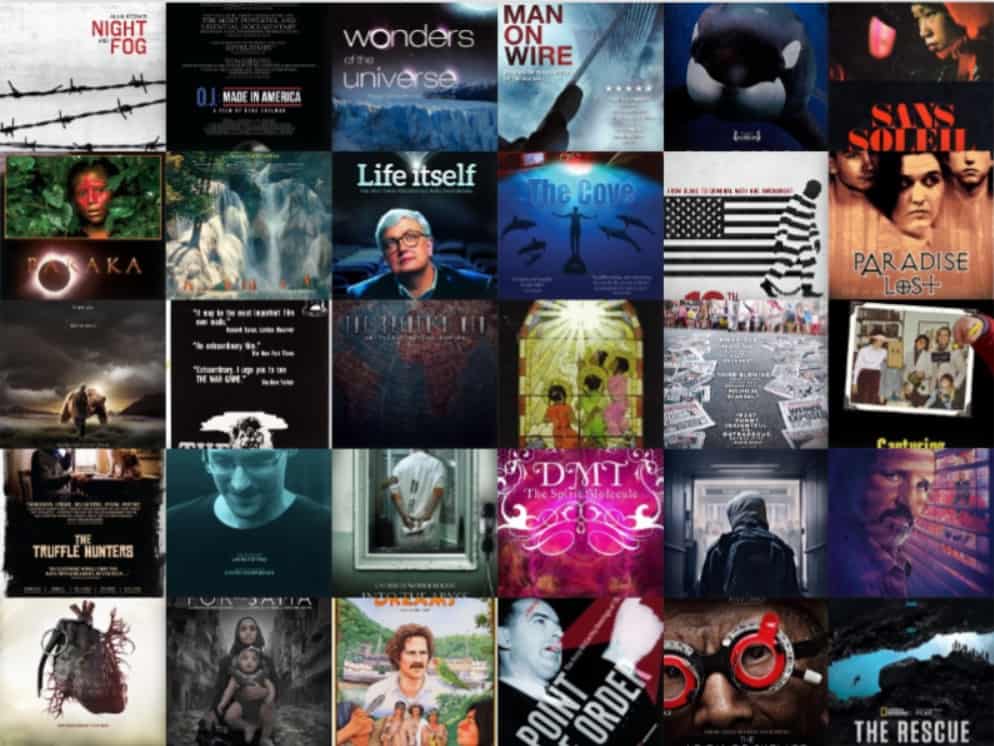All of us are familiar with the periodic table of elements. The question today is do you think they were randomly placed where they are? Or are they in relationship with each other? How do they interact? How are they connected?
That is the question Professor Al-Khalili looks at. He is trying to look at the 19th century chemists who struggled to impose an order on the apparently random world of the elements. Scientists back in the 19th century decoded the hidden order of the elements. And now the professor is trying to explain their findings.
Jim Al-Khalili is a British theoretical physicist, author and broadcaster. Working as a professor of theoretical physics, Jim is closely related to elements as well. He was named Recognizing Inspirational Scientists and Engineers leader in 2014 by the UK Engineering and Physical Sciences research council.
So far, he was part of many BBC projects that targeted science. But today, he will talk about the order of the elements.



